To the casual observer of racing, the fastest driver is the one who wins the game of chicken: who can brake the latest for the corners? Whoever brakes first should go back to the barnyard.
The casual observer is wrong.
It’s not how late a driver brakes that makes them fast. It’s the other end of the braking zone that makes the difference.
Many years ago, three-time World Driving Champion Jackie Stewart claimed that he won more Grand Prix in his day than anyone else because of how he let off the brakes. At the time, I didn’t fully comprehend what he was saying, and yet it was—and still is—the most significant thing ever said about driving fast.
But what, exactly, does letting off the brakes better than everyone else really mean? At first, I took it as a need to be smooth with how one comes off the brakes. I later learned there was much more to it.
I was fortunate to begin coaching Colin Braun—a sports car champion and four-time Rolex 24 winner—when he was racing karts at the age of twelve. I remained his coach through his transition into cars at fourteen, and even to this day, to some extent. It’s a fact that I’ve learned more from him than he ever did from me, because I was able to experiment with various coaching approaches and techniques with him. He’s been like my crash test dummy (without the crashing part, and he’s no dummy!).
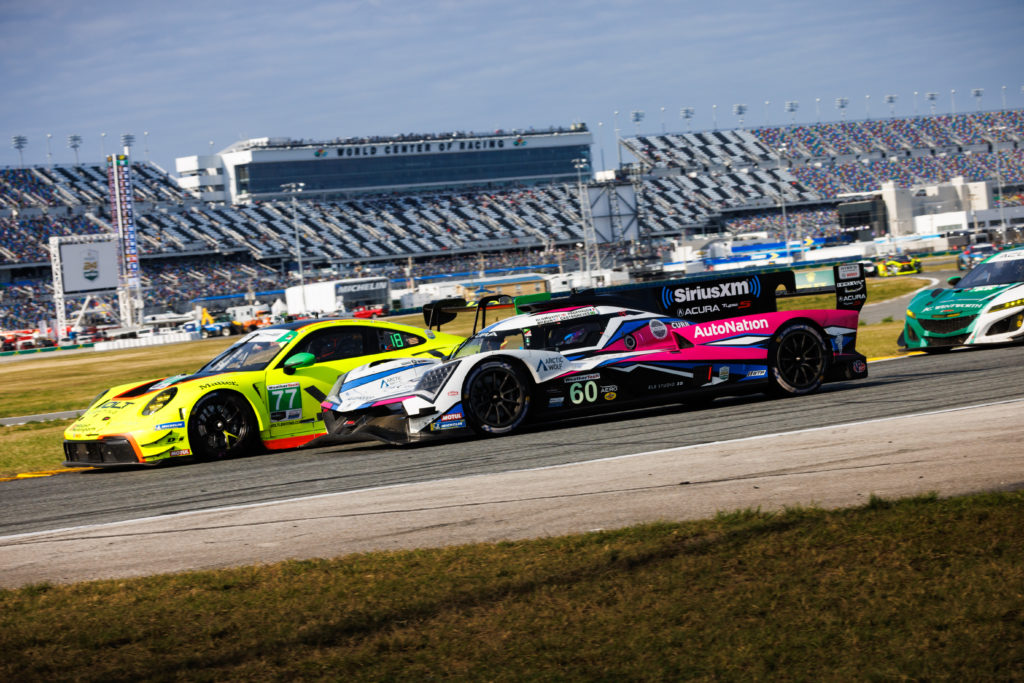
Braun on the brakes in the Meyer Shank ride. (Photo by IMSA)
During a debrief session after the Rolex 24, a year in which he had set fast time in his Daytona Prototype, a phrase came to me:
The timing and rate of release.
We had been talking about why, on that fast lap, he had gotten a better exit out of Turn One than any other lap. After some fun back-and-forth about what could have occurred, we settled on the fact that how he had released the brakes entering the corner had resulted in the car changing direction “just right.” The precise release allowed him to get to full throttle sooner than ever before, and without over-slowing for the corner.
It was the timing and rate of release of the brakes that made his record lap possible.
That’s exactly what Sir Jackie had been talking about so many years before! Letting off the brakes better than everyone else really meant that he had gotten the timing and rate of release of the brakes just right.
The timing of the release of the brakes is in relation to where you turn into the corner. You can let off the pedal before beginning to turn into a corner, simultaneously as you turn in, or after you turn in.
The rate of release of the brakes is the speed at which you ease your foot off the pedal. Quickly, slowly, or something in between.
Combine the timing and rate of release of the brakes in just the right way and magic happens: the car turns in with more speed than ever before, and changes direction so you’re able to squeeze back to full throttle sooner than ever before.
Okay, you’re observing a race (casually or not-so-casually). It could be a Formula 1, IndyCar, IMSA, or NASCAR (road course) race. The fastest driver laps the track in a minute-and-a-half-point-something. That’s ninety seconds, plus the fractions. Consider for a moment all of the things this driver has done in that time: where their eyes were focusing and scanning; upshifting and downshifting; identifying, driving and adjusting the line through the corners; correcting for tire slip and the movements of the car caused by the track surface; on and off the throttle, to accelerate and decelerate, but also to manage the balance of the car; applying and releasing the brakes at the exact right moments and amount. And so much more.
Hundreds, if not thousands of discrete movements and techniques, all performed in ninety seconds.
Review data of multiple drivers, and you will see tiny differences among them. Most of the squiggly lines representing speed, steering movement, throttle application, brake pressure, gear changes, RPMs, GPS positioning on the track, and longitudinal and lateral g-loads will line up on top of each other. The differences are hard to notice, that is, until you zoom in on the area at the end of the braking zone, where the timing and rate of release exists.
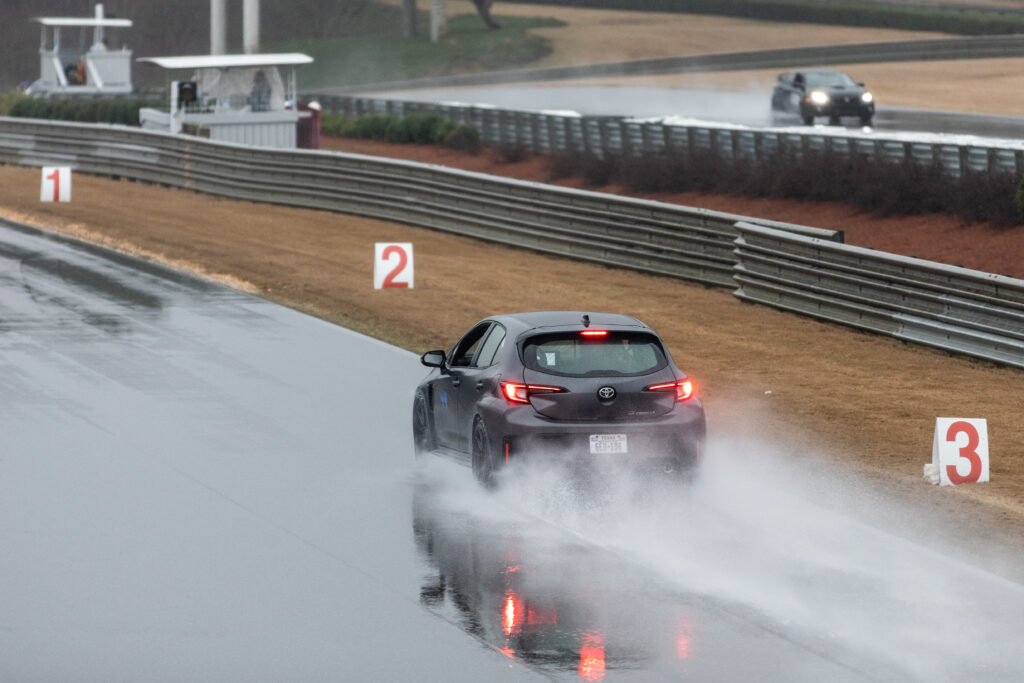
Over the course of a ninety-second lap, the deltas in braking zones may add up to just one or two seconds in total, spread over eight or more braking zones; each one just fractions of a second in duration. But it’s where the biggest difference typically is between the fastest driver and everyone else.
This has nothing to do with who is braver and begins braking earlier. It does have to do with who goes into and comes out of the corners faster—that, again, has nothing to do with bravery. It has all to do with technique: the timing and rate of release of the brakes, which enables the driver to carry speed into the corner and get back to full throttle sooner than everyone else.
The most common piece advice given to performance and race drivers is, “In slow, out fast.” It’s better to enter a corner slow and accelerate fast out of it than it is the other way around. With ideal timing and rate of release of the brakes, the best drivers go into corners fast, and come out even faster.
And here’s what makes this even more challenging: the timing and rate of brake release is different for every corner; it’s different for every car, and even how the same car is set up to handle; it changes as the track and tire conditions change.
The best drivers are masters of the timing and rate of release of the brakes, and adapt how they use this technique from corner to corner, lap-to-lap, car-to-car.
Save your chickens for the farm.
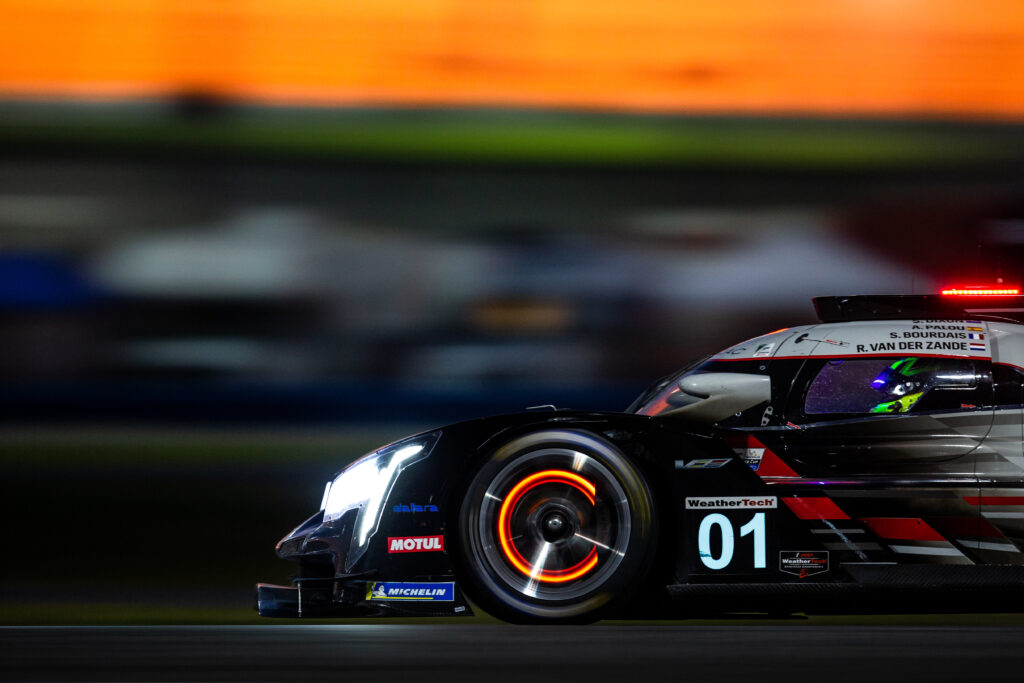

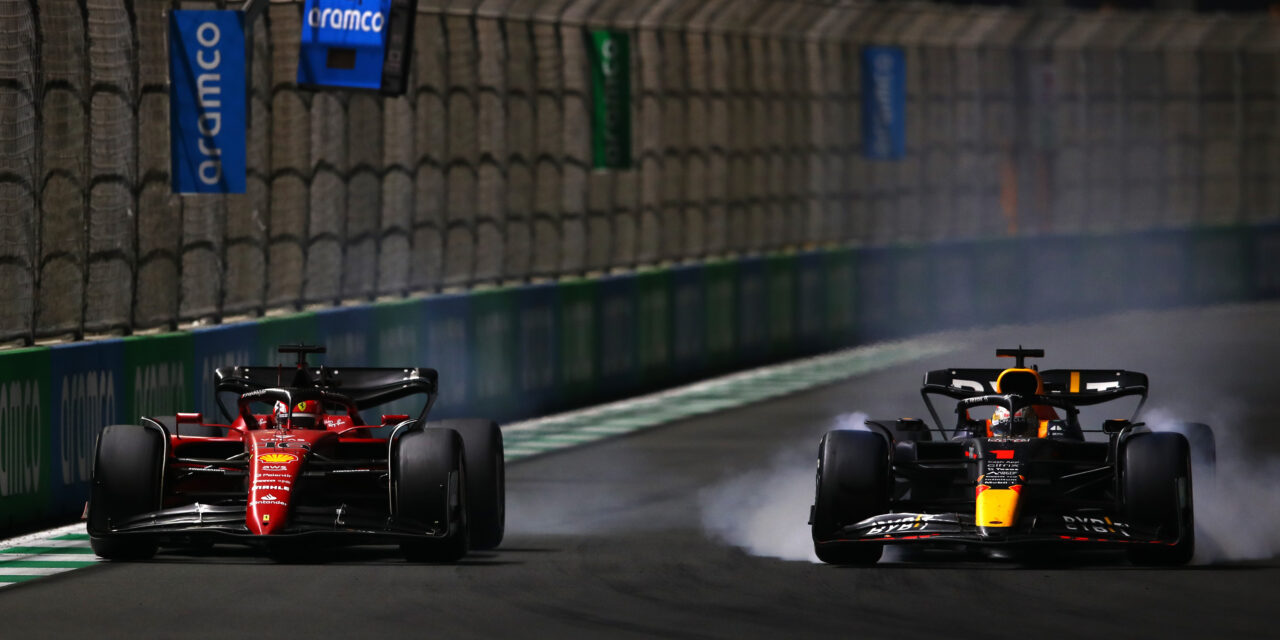
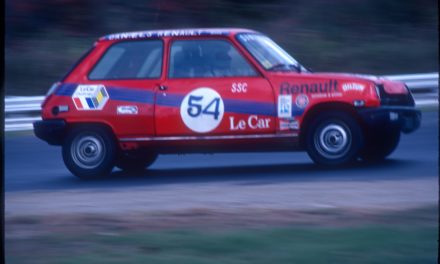

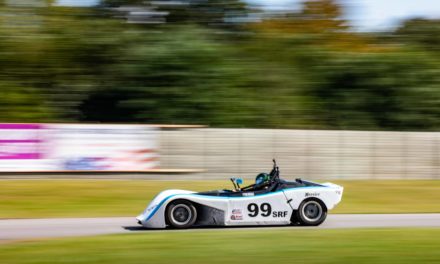
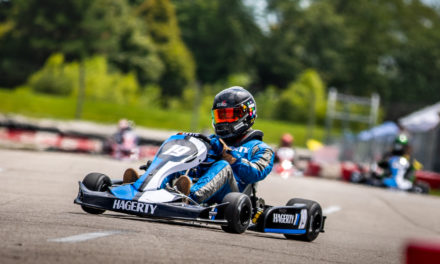





One day this will click while driving a road course and it will all make sense. I can’t wait for my mind to communicate with the rest of my body in just the right way to fully take advantage of brake timing and release.
I’m the furthest thing from a race car driver.
However….
Over the last 46 years I’ve driven 4,000,000 miles in a semi truck and can verify that the timing of braking during cornering makes a dramatic difference.
The earlier a driver is able to accelerate out of a curve the greater control he has over the vehicle.
This applies even to something weighing 60 times more than a formula 1 car
Outstanding article. Really explains a hidden art of braking. While I was getting started, we learned trail braking techniques at Skip Barber with Jan Beekhuis as our instructor. Brake release actually helped rotate the car – what a trip!
That said, sometimes when going wheel to wheel into a deep braking area (think turn 5 at Road America) it IS a game of chicken.